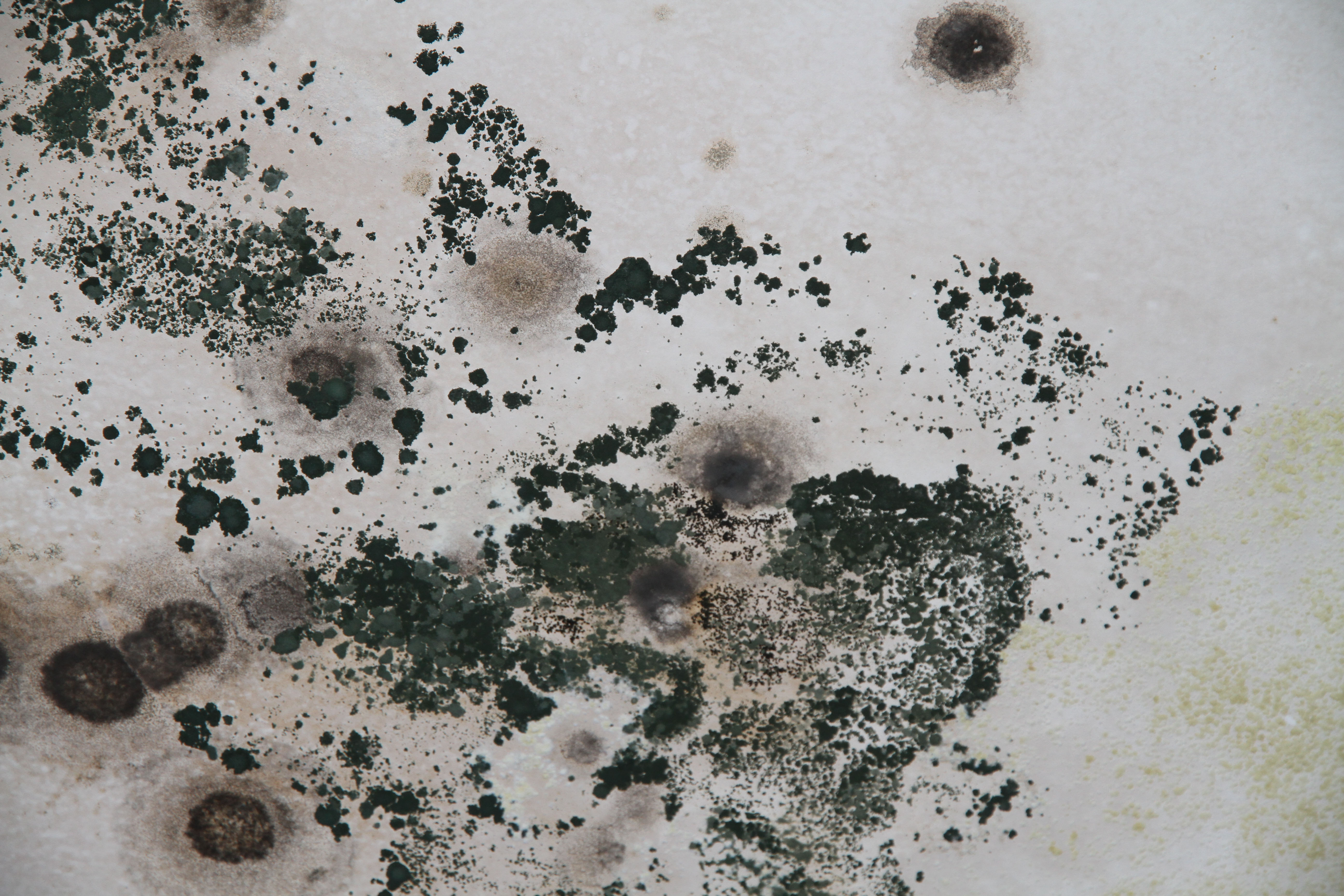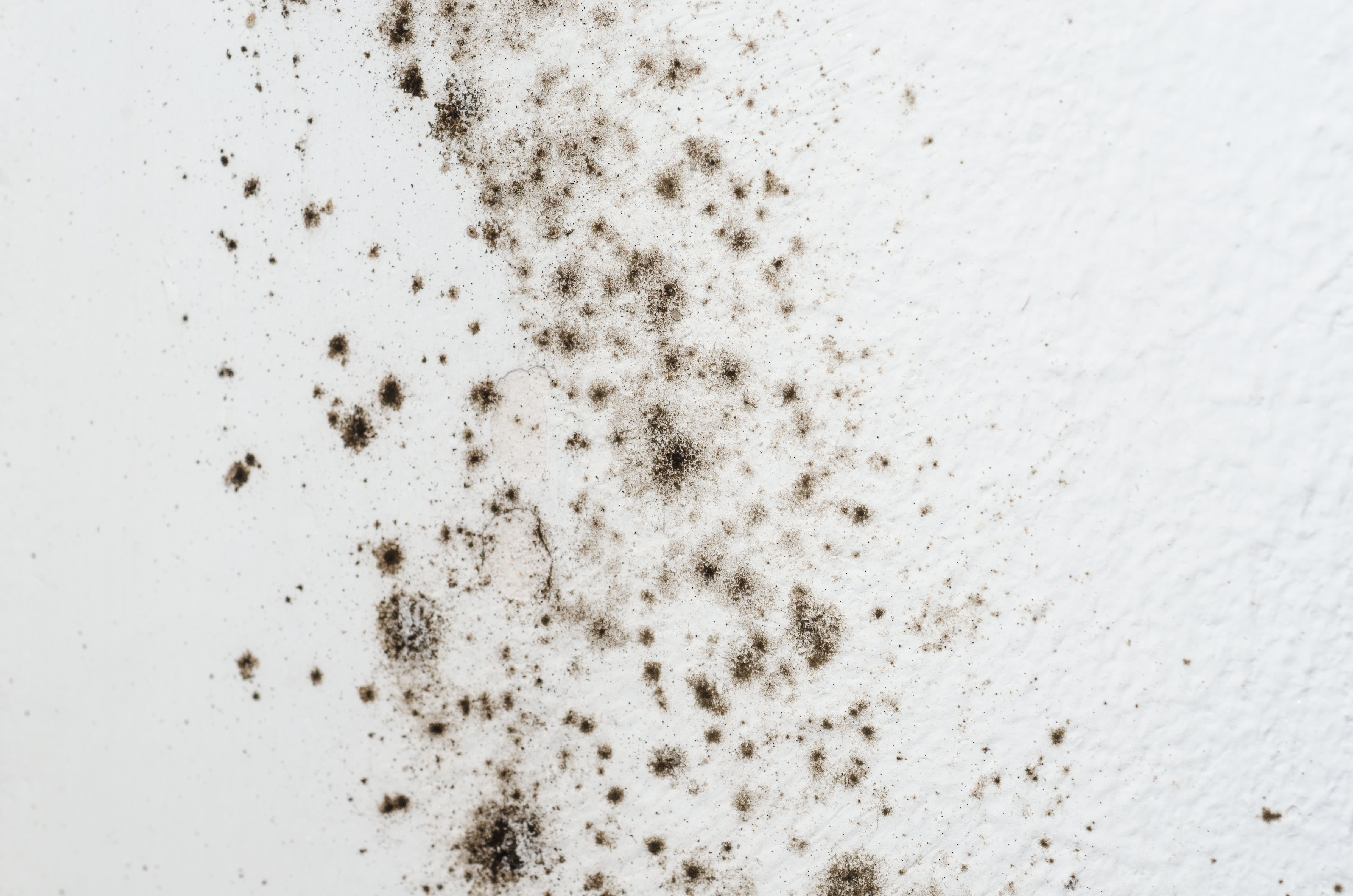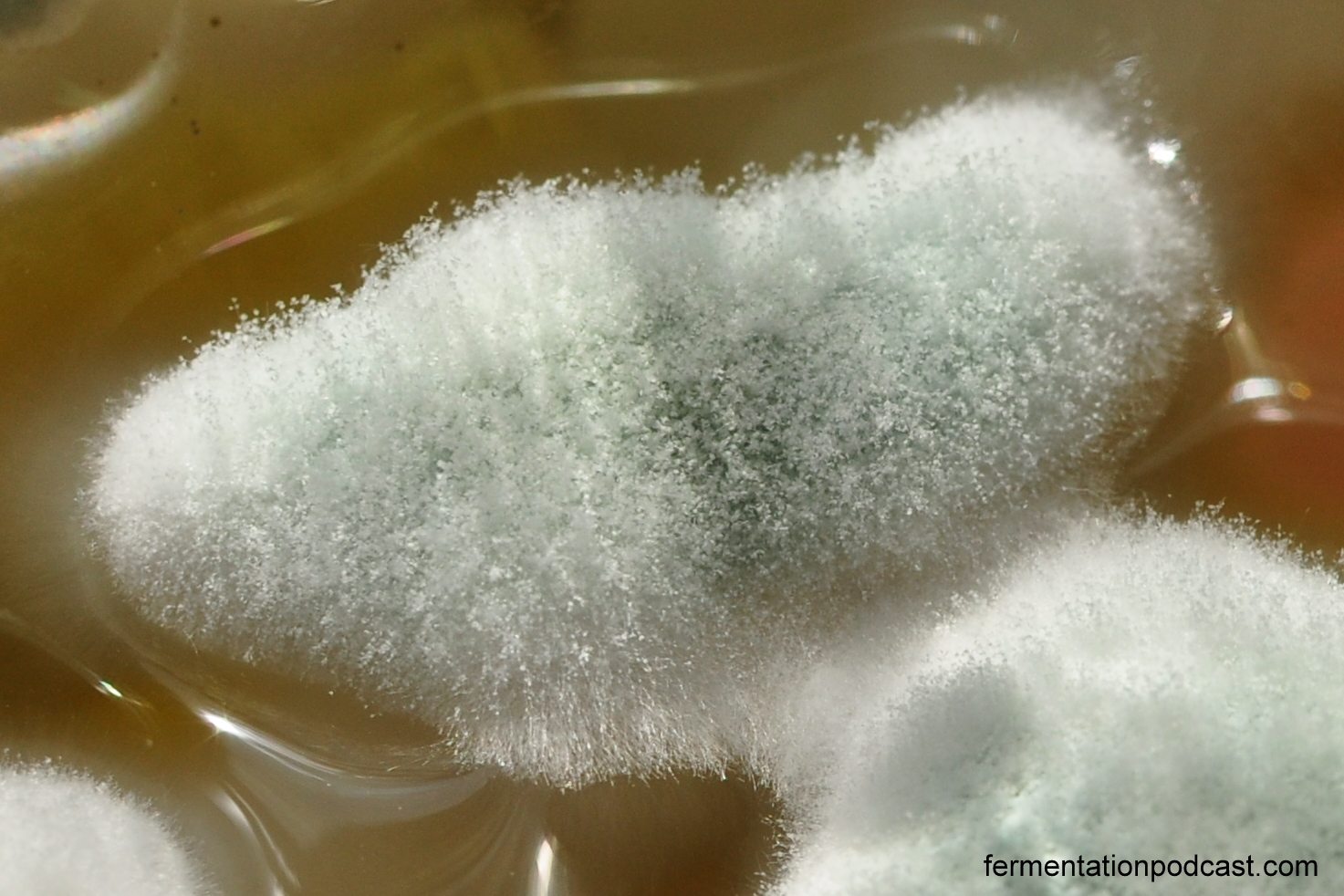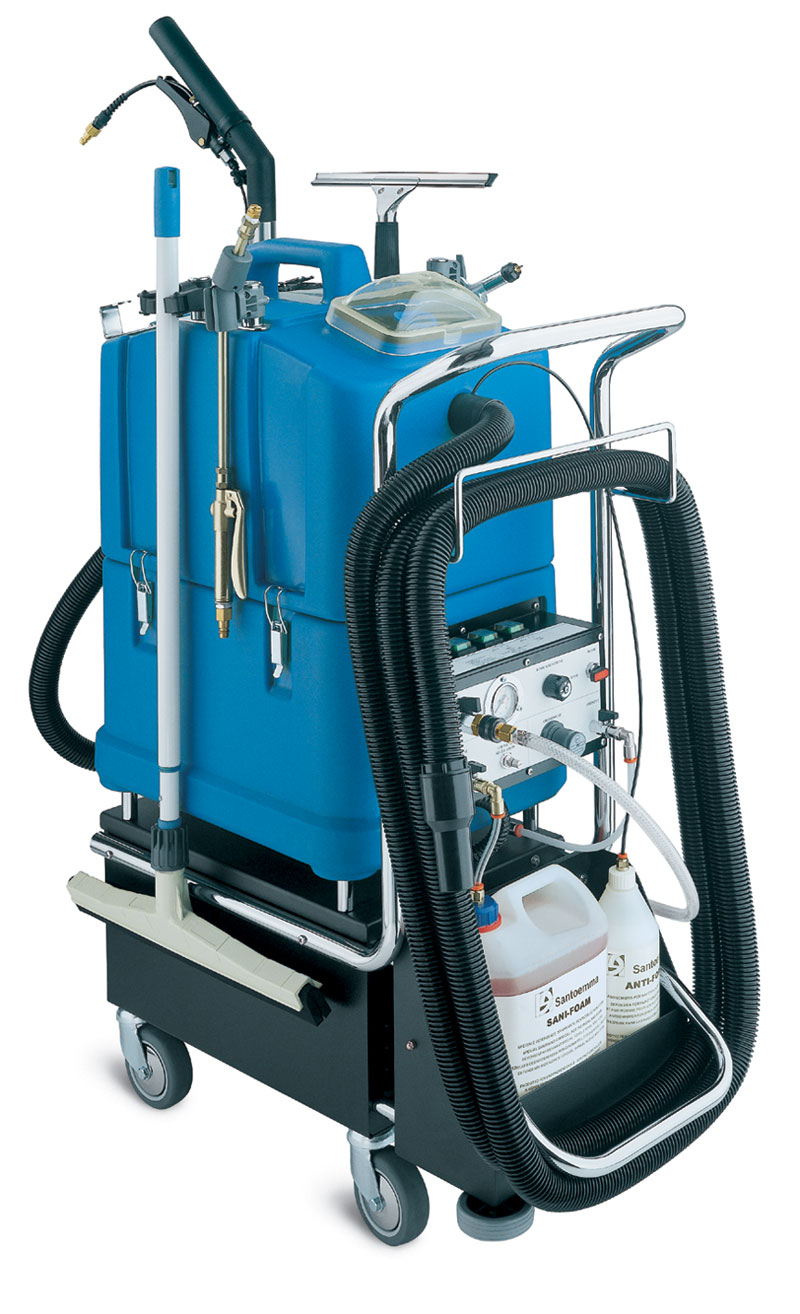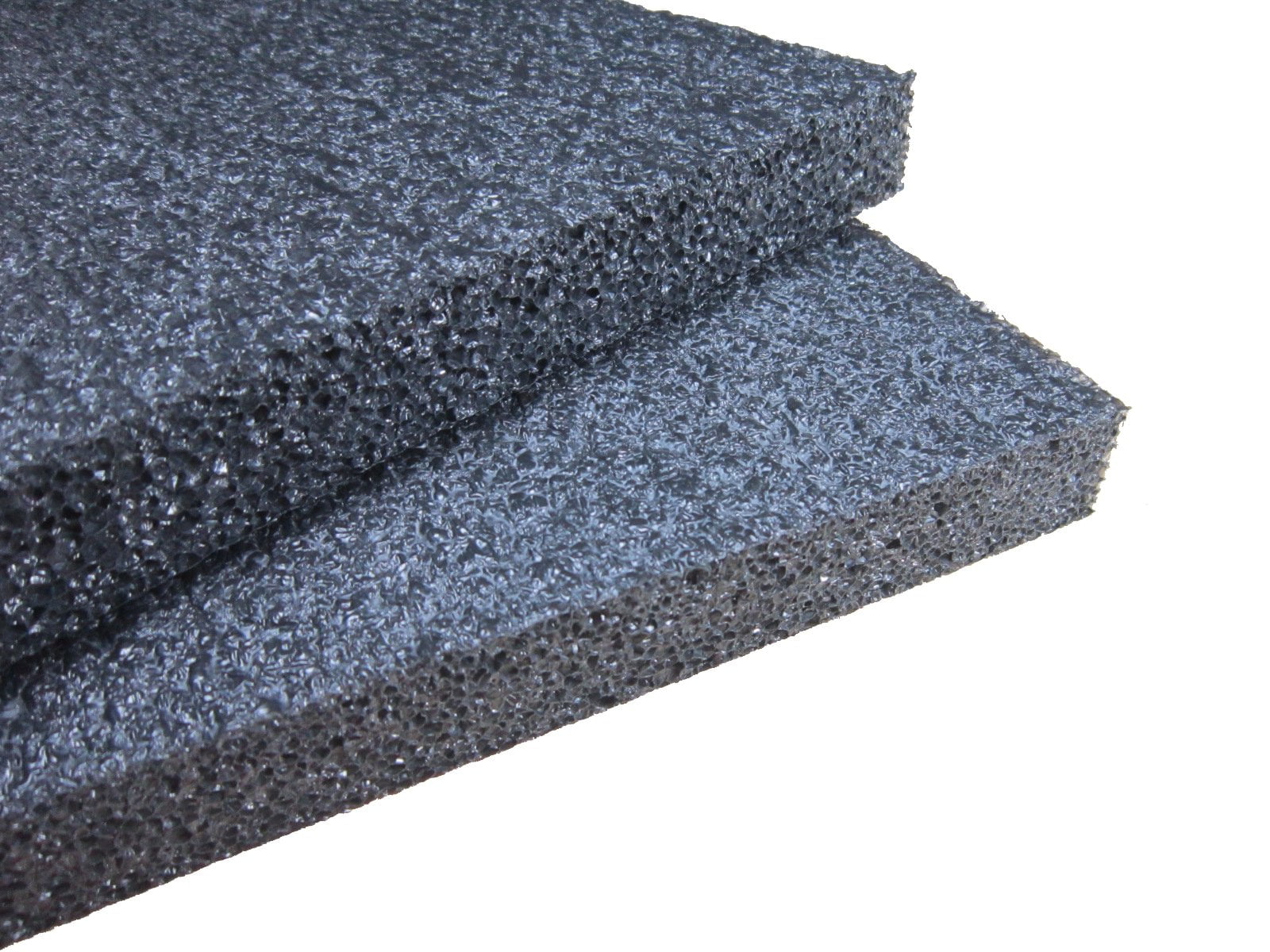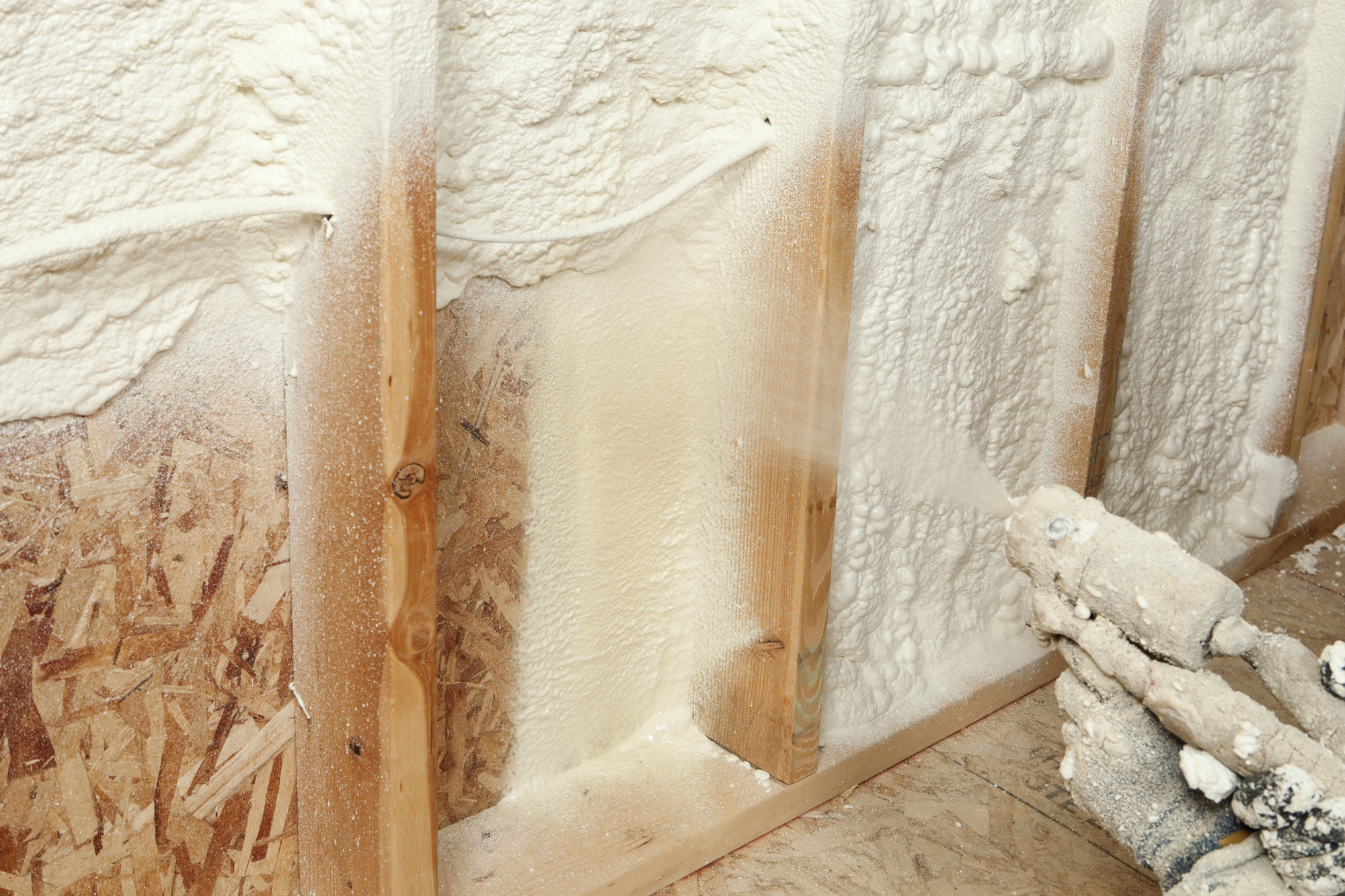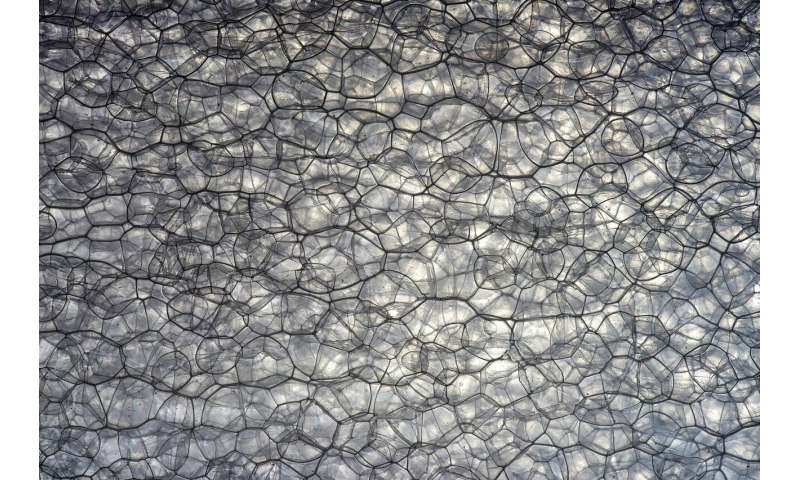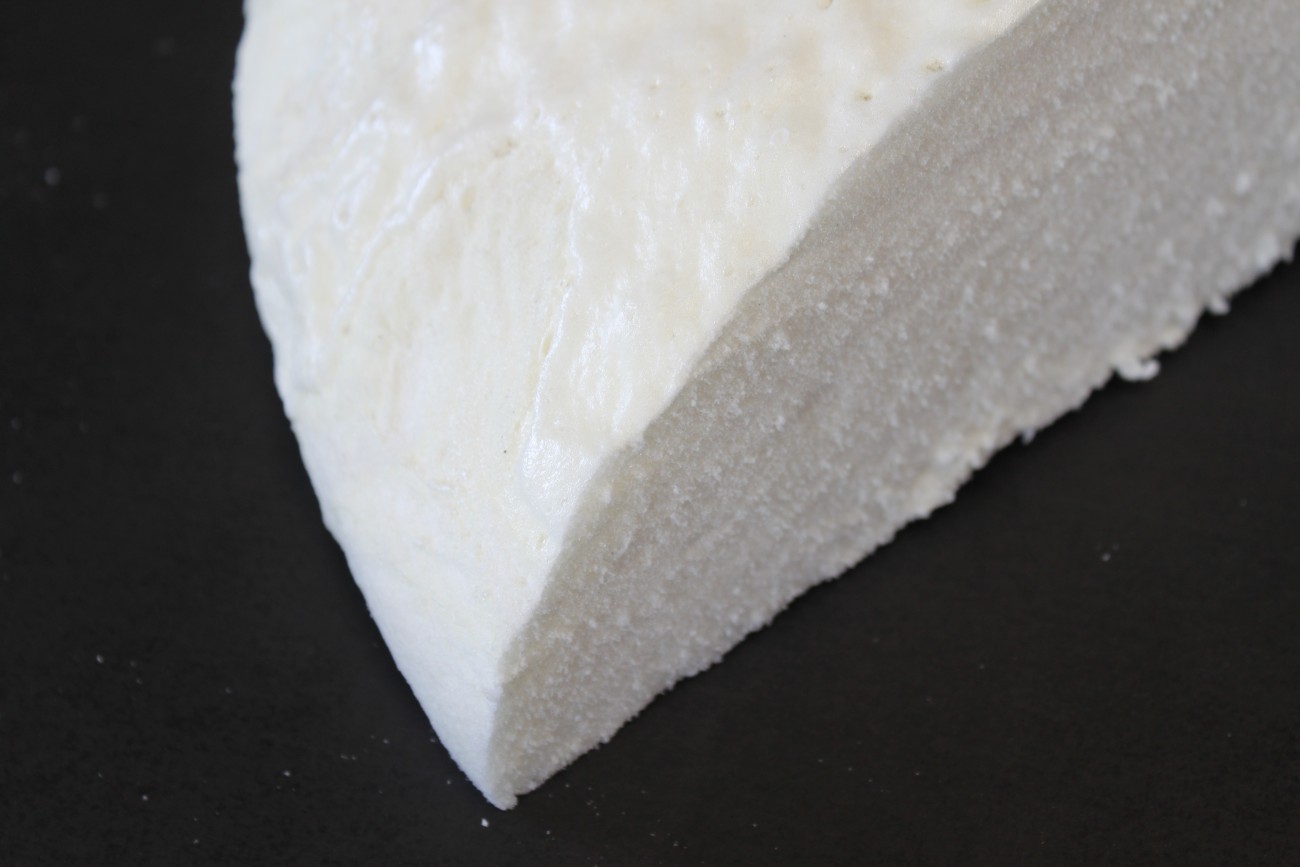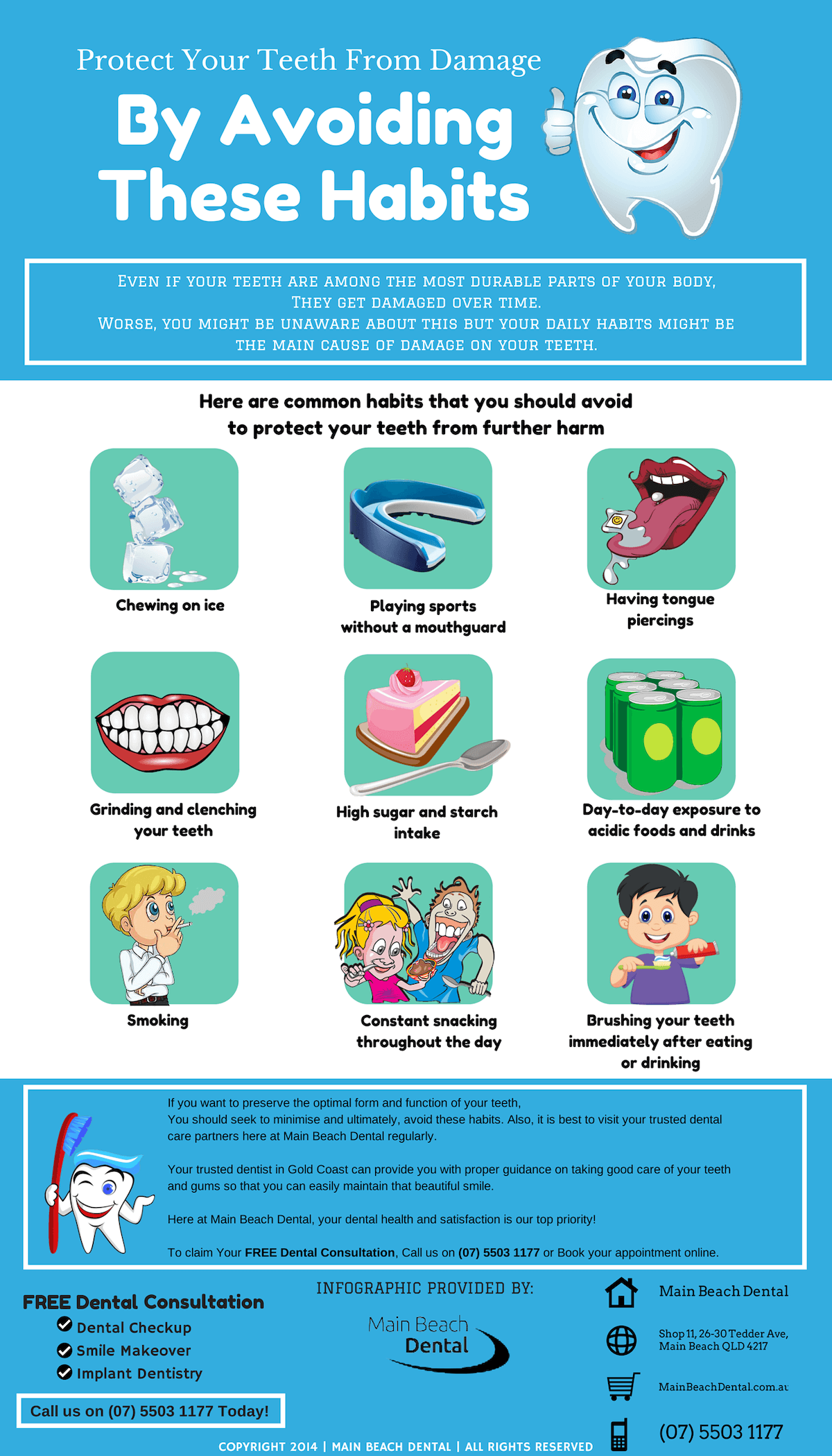Mold Protection: The Key to Keeping Your Memory Foam Mattress Like New
When it comes to investing in a memory foam mattress, you want to make sure it lasts for as long as possible. But did you know that mold can quickly turn your comfortable and supportive mattress into a breeding ground for bacteria and allergens? That's why it's crucial to have proper mold protection for your memory foam mattress. Here are the top 10 ways to protect your mattress from mold and keep it in top condition.
1. Choose a Mattress with Mold-Resistant Materials
The first step in mold protection for your memory foam mattress is to choose one that is made with mold-resistant materials. Look for mattresses that are CertiPUR-US® certified, which means they are made without harmful chemicals and are resistant to mold, bacteria, and dust mites. You can also look for mattresses with antimicrobial properties, such as copper-infused memory foam, which can help prevent mold growth.
2. Use a Mattress Protector
Investing in a high-quality mattress protector is an easy and effective way to protect your memory foam mattress from mold. These protectors act as a barrier between your body and the mattress, preventing any moisture from seeping into the foam. Look for waterproof protectors that are also breathable to keep your mattress cool and comfortable.
3. Keep Your Mattress Clean
Regularly cleaning your mattress is essential in preventing mold growth. Use a vacuum with a HEPA filter to remove any dust, dead skin cells, and other debris from the surface. You can also spot clean any spills or stains with a mixture of warm water and mild detergent. Just make sure to let the mattress dry completely before putting on any bedding or covers.
4. Air Out Your Mattress
Memory foam mattresses can trap moisture, especially if you live in a humid climate. To prevent mold growth, make sure to air out your mattress regularly. Strip off all bedding and let the mattress air out for a few hours. You can also rotate the mattress to ensure all sides get proper ventilation.
5. Control Humidity in Your Bedroom
If you live in an area with high humidity, it's vital to control the moisture levels in your bedroom. Use a dehumidifier to keep the air dry, and make sure to keep your windows closed during humid days. You can also place moisture-absorbing products, such as baking soda or silica gel packets, near your mattress to keep it dry.
6. Avoid Eating or Drinking in Bed
Eating or drinking in bed can lead to spills and stains on your mattress, which can create a breeding ground for mold. It's best to avoid consuming food or beverages in bed to prevent any accidents that could damage your mattress. If you must eat or drink in bed, make sure to use a tray and clean up any spills immediately.
7. Don't Let Pets on the Bed
As much as we love our furry friends, they can also bring in dirt, debris, and moisture onto our beds. This can lead to mold growth on your memory foam mattress. If you can't resist cuddling with your pet in bed, make sure to regularly clean their paws and fur before letting them on the mattress.
8. Use a Fan or Air Conditioner
Proper air circulation is crucial in preventing mold growth. If you live in a humid climate or during the summer months, make sure to use a fan or air conditioner in your bedroom to keep the air moving. This will help prevent any moisture from accumulating on your mattress.
9. Check for Leaks in Your Bedroom
If you notice any leaks or water damage in your bedroom, it's essential to address them immediately. Water can seep into your mattress and create the perfect environment for mold to grow. Fix any leaks and dry out any wet areas to prevent mold from forming on your mattress.
The Importance of Mold Protection for Memory Foam Mattresses
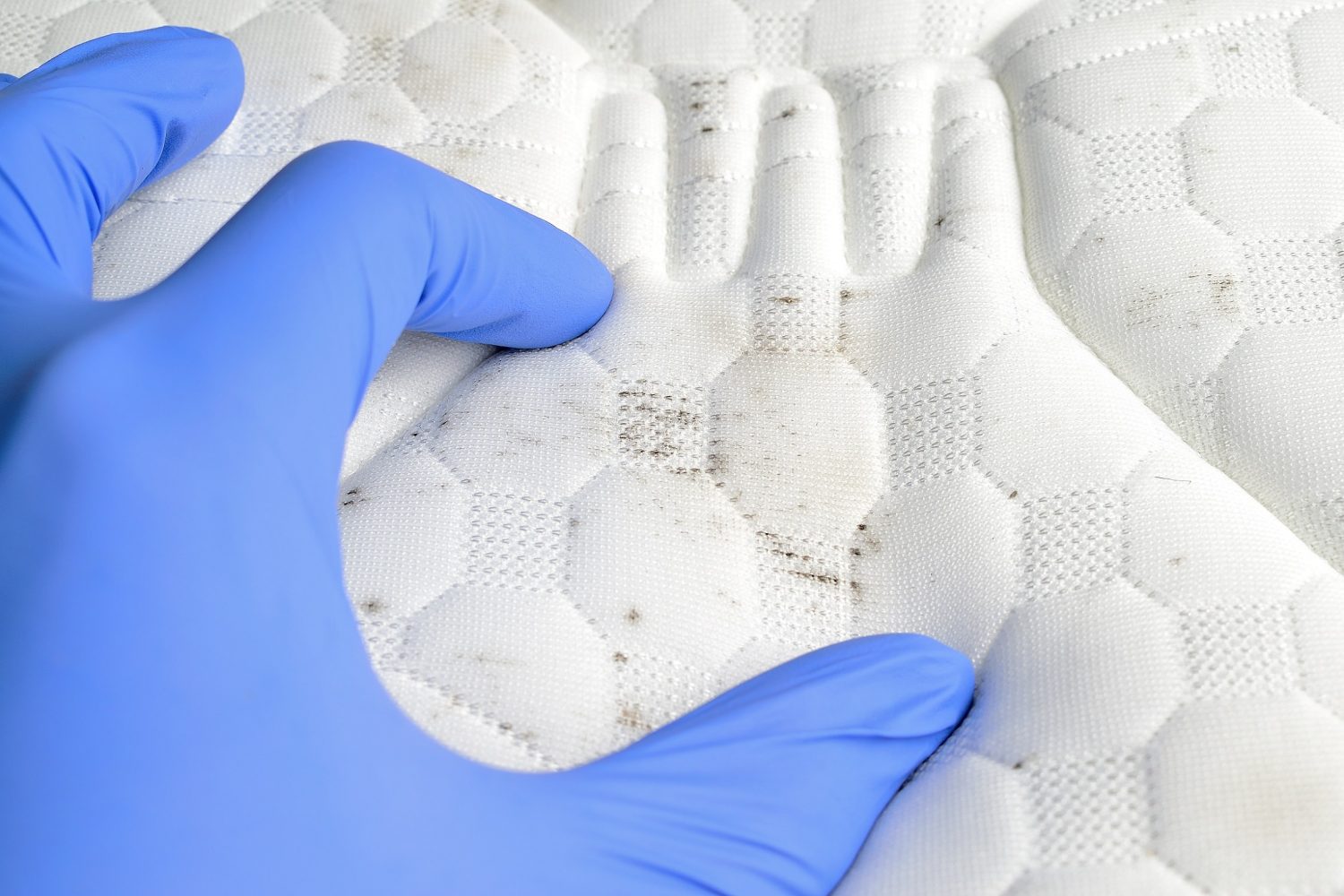
Understanding the Risk of Mold Growth
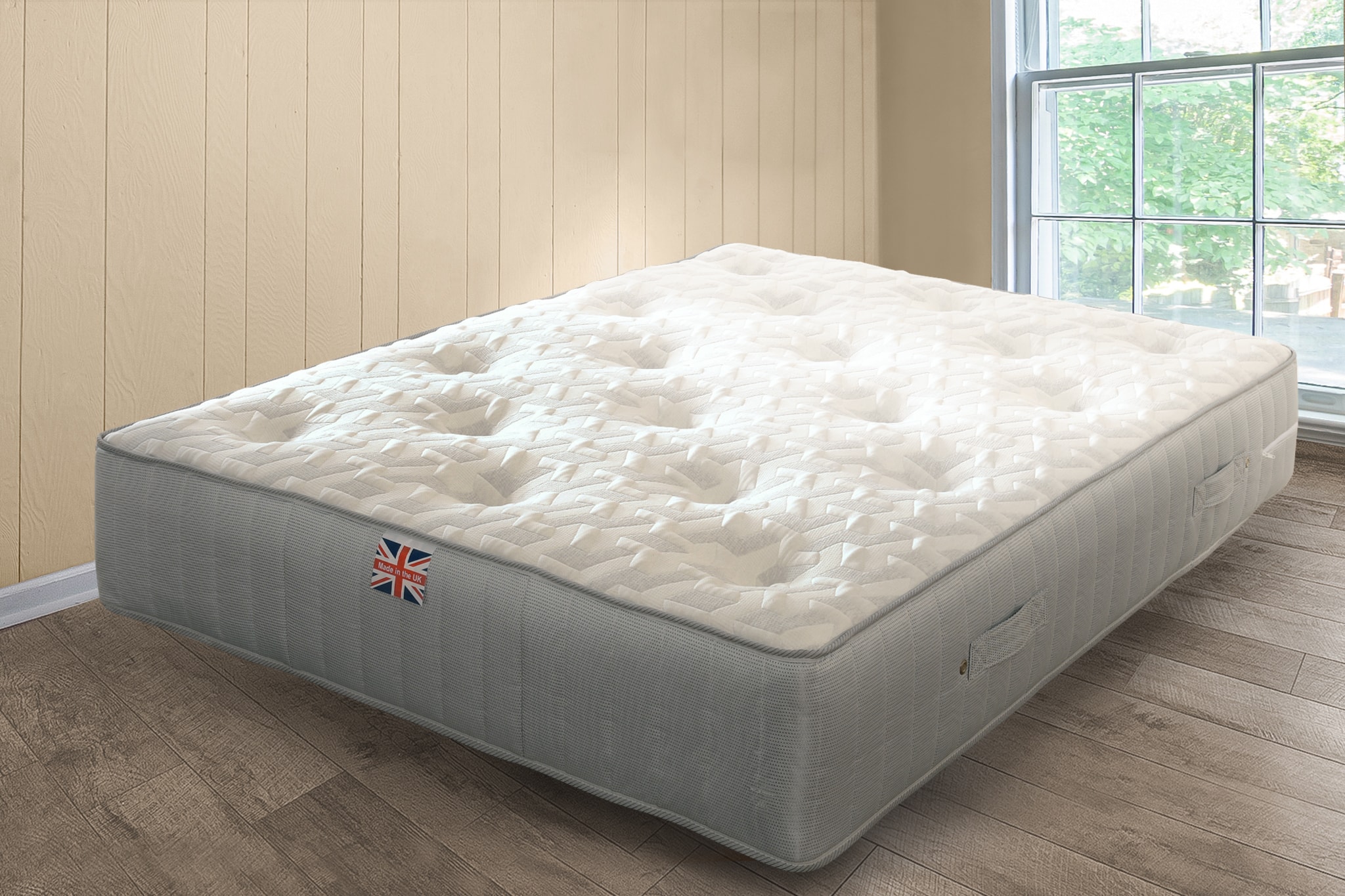 Memory foam mattresses have become increasingly popular in recent years due to their ability to conform to the body's shape and provide pressure-relieving support. However, this type of mattress is also susceptible to mold growth if not properly protected. Mold thrives in warm, damp environments, making mattresses an ideal breeding ground. Not only can mold damage the mattress itself, but it can also pose a serious health risk to those who sleep on it. Therefore, it is essential to take measures to protect your memory foam mattress from mold growth.
Memory foam mattresses have become increasingly popular in recent years due to their ability to conform to the body's shape and provide pressure-relieving support. However, this type of mattress is also susceptible to mold growth if not properly protected. Mold thrives in warm, damp environments, making mattresses an ideal breeding ground. Not only can mold damage the mattress itself, but it can also pose a serious health risk to those who sleep on it. Therefore, it is essential to take measures to protect your memory foam mattress from mold growth.
Preventing Moisture Build-Up
 One of the main causes of mold growth in memory foam mattresses is moisture build-up. This can occur from sweat, spills, or even the air in your home if it is humid. To prevent moisture from seeping into your mattress, it is crucial to invest in a waterproof mattress cover. These covers act as a barrier, preventing any liquids from reaching the mattress and creating the perfect environment for mold to grow. Additionally, they are easily removable and washable, making them a convenient and effective solution for mold prevention.
One of the main causes of mold growth in memory foam mattresses is moisture build-up. This can occur from sweat, spills, or even the air in your home if it is humid. To prevent moisture from seeping into your mattress, it is crucial to invest in a waterproof mattress cover. These covers act as a barrier, preventing any liquids from reaching the mattress and creating the perfect environment for mold to grow. Additionally, they are easily removable and washable, making them a convenient and effective solution for mold prevention.
Avoiding Dark and Damp Spaces
 Another way to protect your memory foam mattress from mold is to avoid placing it in dark and damp spaces. These are the ideal conditions for mold to thrive, so it is best to keep your mattress in a well-ventilated area with plenty of natural light. If your bedroom tends to be on the damp side, consider using a dehumidifier to reduce moisture levels and create a less hospitable environment for mold.
Another way to protect your memory foam mattress from mold is to avoid placing it in dark and damp spaces. These are the ideal conditions for mold to thrive, so it is best to keep your mattress in a well-ventilated area with plenty of natural light. If your bedroom tends to be on the damp side, consider using a dehumidifier to reduce moisture levels and create a less hospitable environment for mold.
Regular Cleaning and Maintenance
 Regular cleaning and maintenance are essential for mold protection. It is recommended to vacuum your memory foam mattress at least once a month to remove any dust, dirt, or dead skin cells that may contribute to mold growth. You can also sprinkle baking soda over the mattress and let it sit for a few hours before vacuuming to absorb any odors and moisture. It is also crucial to check for any signs of mold growth regularly and address them immediately to prevent it from spreading.
Regular cleaning and maintenance are essential for mold protection. It is recommended to vacuum your memory foam mattress at least once a month to remove any dust, dirt, or dead skin cells that may contribute to mold growth. You can also sprinkle baking soda over the mattress and let it sit for a few hours before vacuuming to absorb any odors and moisture. It is also crucial to check for any signs of mold growth regularly and address them immediately to prevent it from spreading.
The Bottom Line
 In conclusion, mold protection for memory foam mattresses is crucial for both the longevity of your mattress and your health. By taking simple preventative measures such as using a waterproof cover, keeping your mattress in a well-ventilated area, and regularly cleaning and maintaining it, you can avoid the growth of mold and ensure a healthier and more comfortable sleep environment. Invest in mold protection for your memory foam mattress today and enjoy a restful and worry-free night's sleep.
In conclusion, mold protection for memory foam mattresses is crucial for both the longevity of your mattress and your health. By taking simple preventative measures such as using a waterproof cover, keeping your mattress in a well-ventilated area, and regularly cleaning and maintaining it, you can avoid the growth of mold and ensure a healthier and more comfortable sleep environment. Invest in mold protection for your memory foam mattress today and enjoy a restful and worry-free night's sleep.











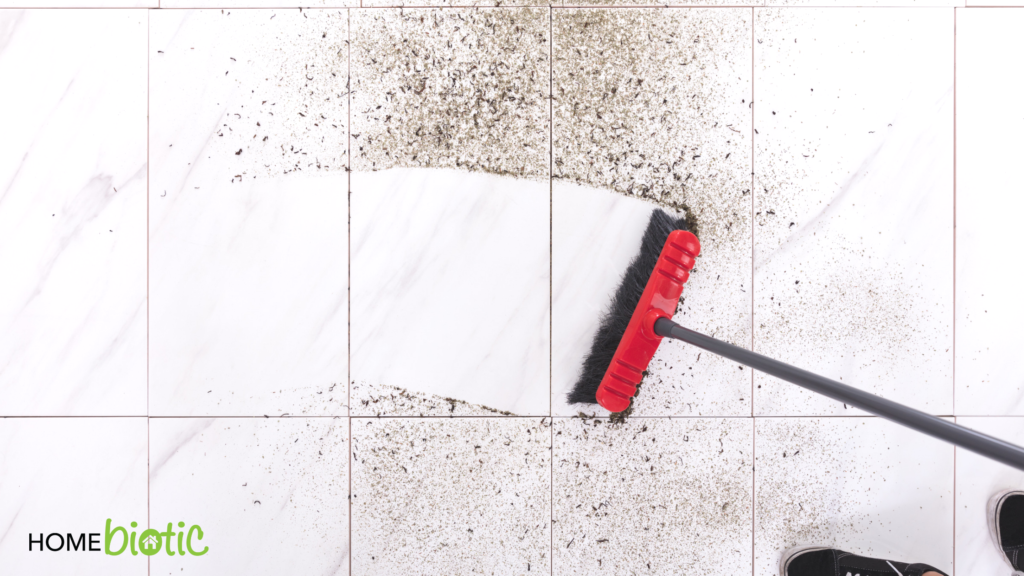


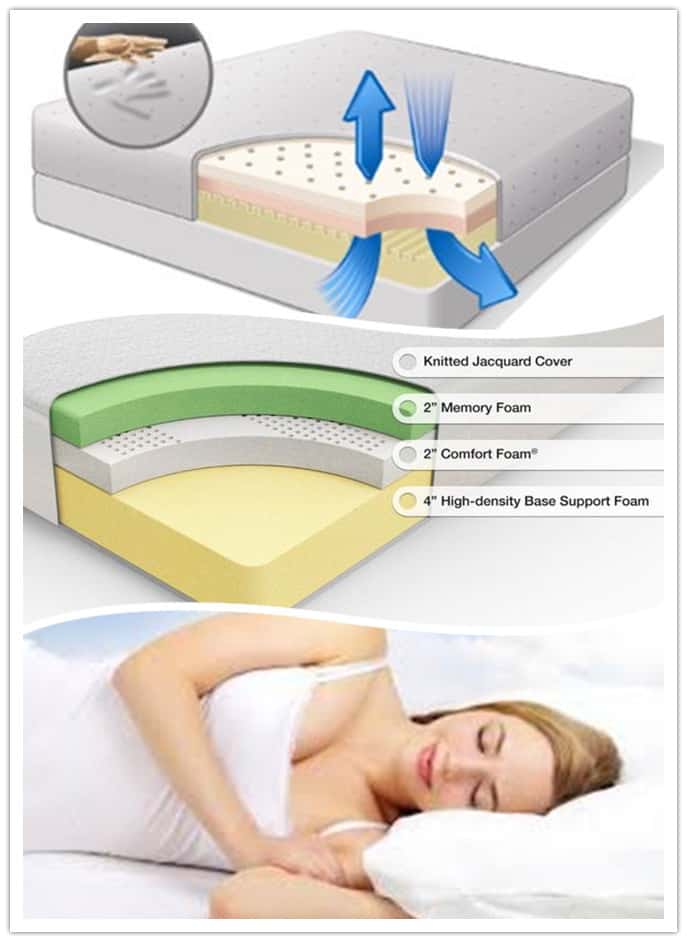




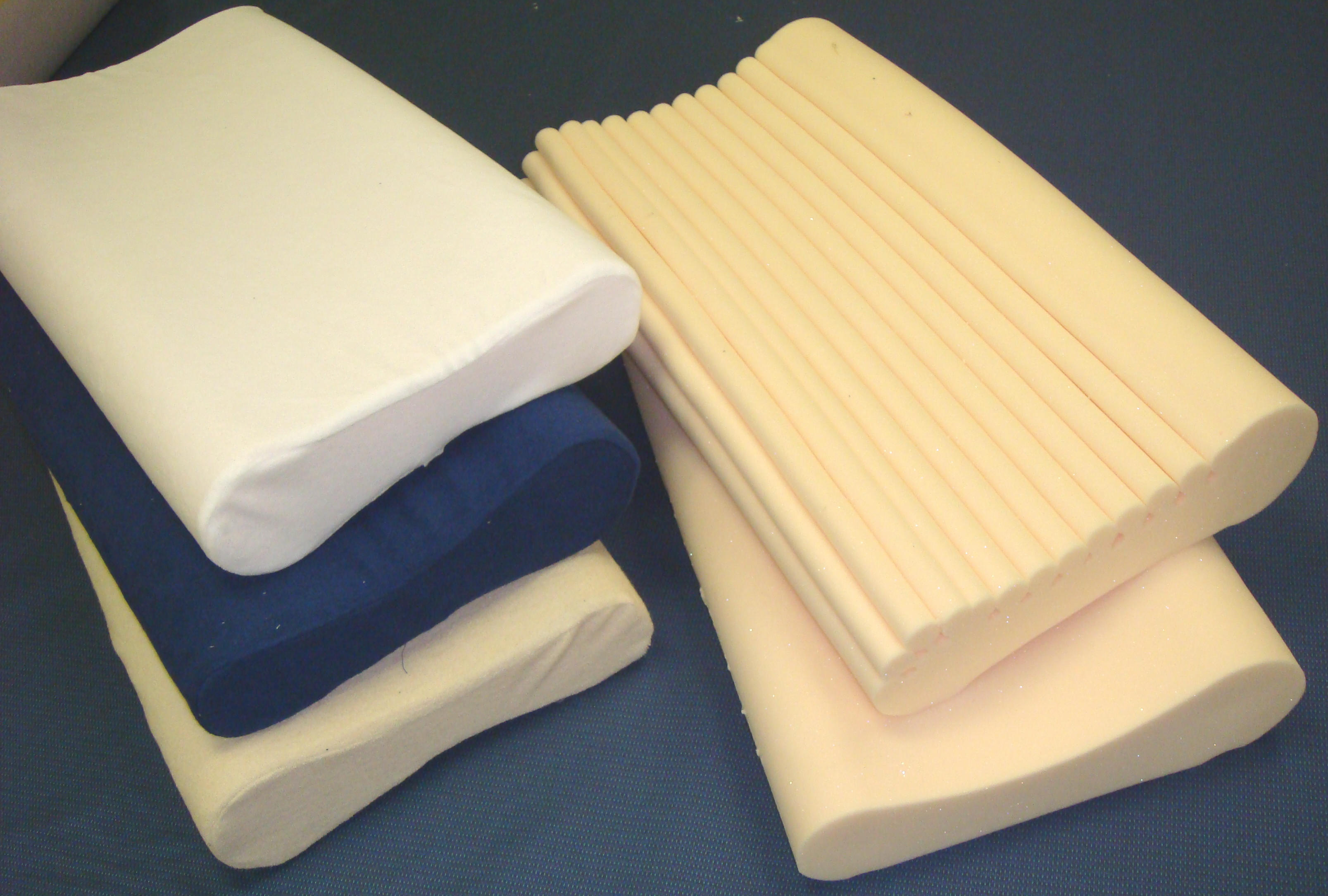
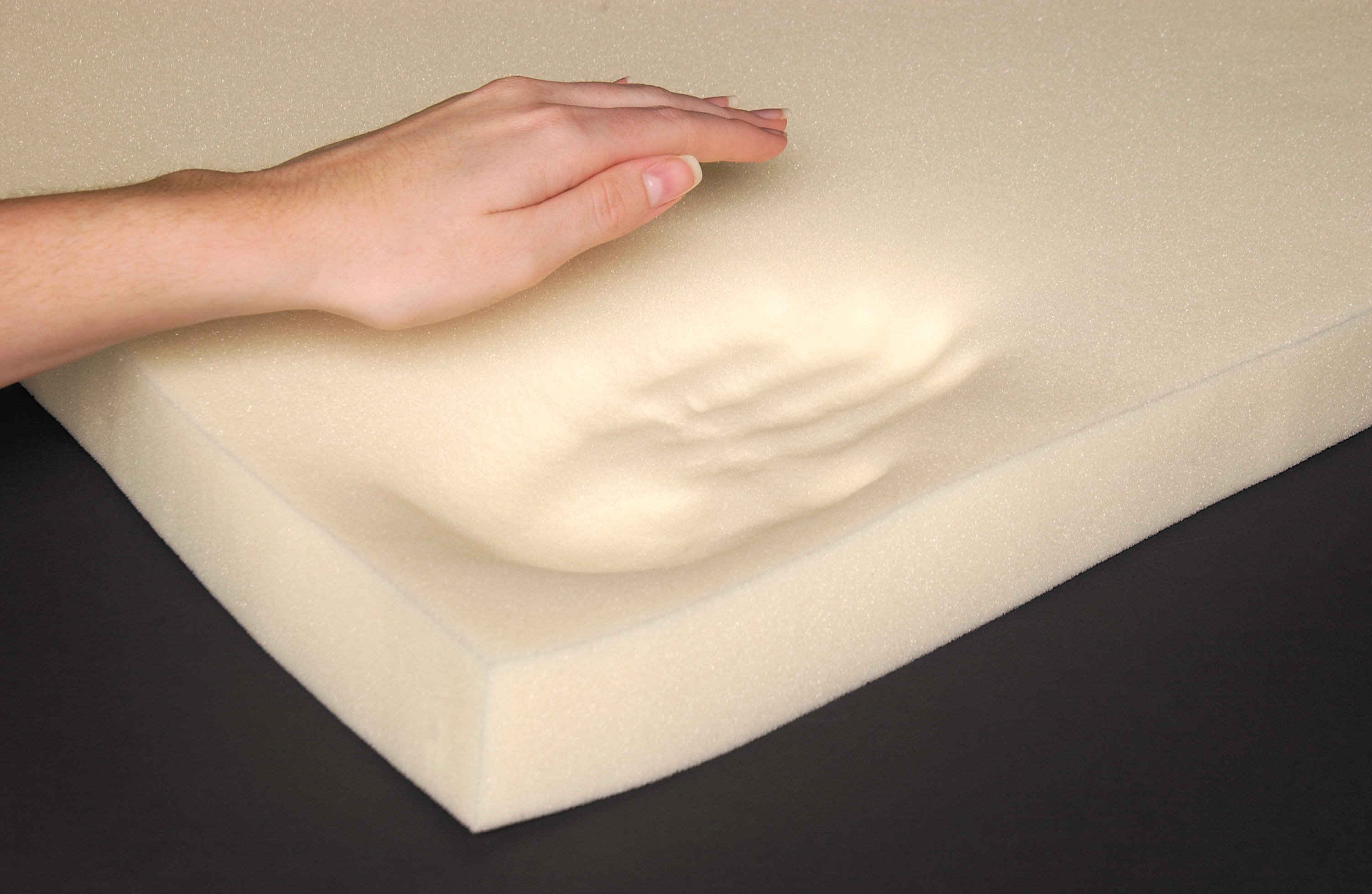

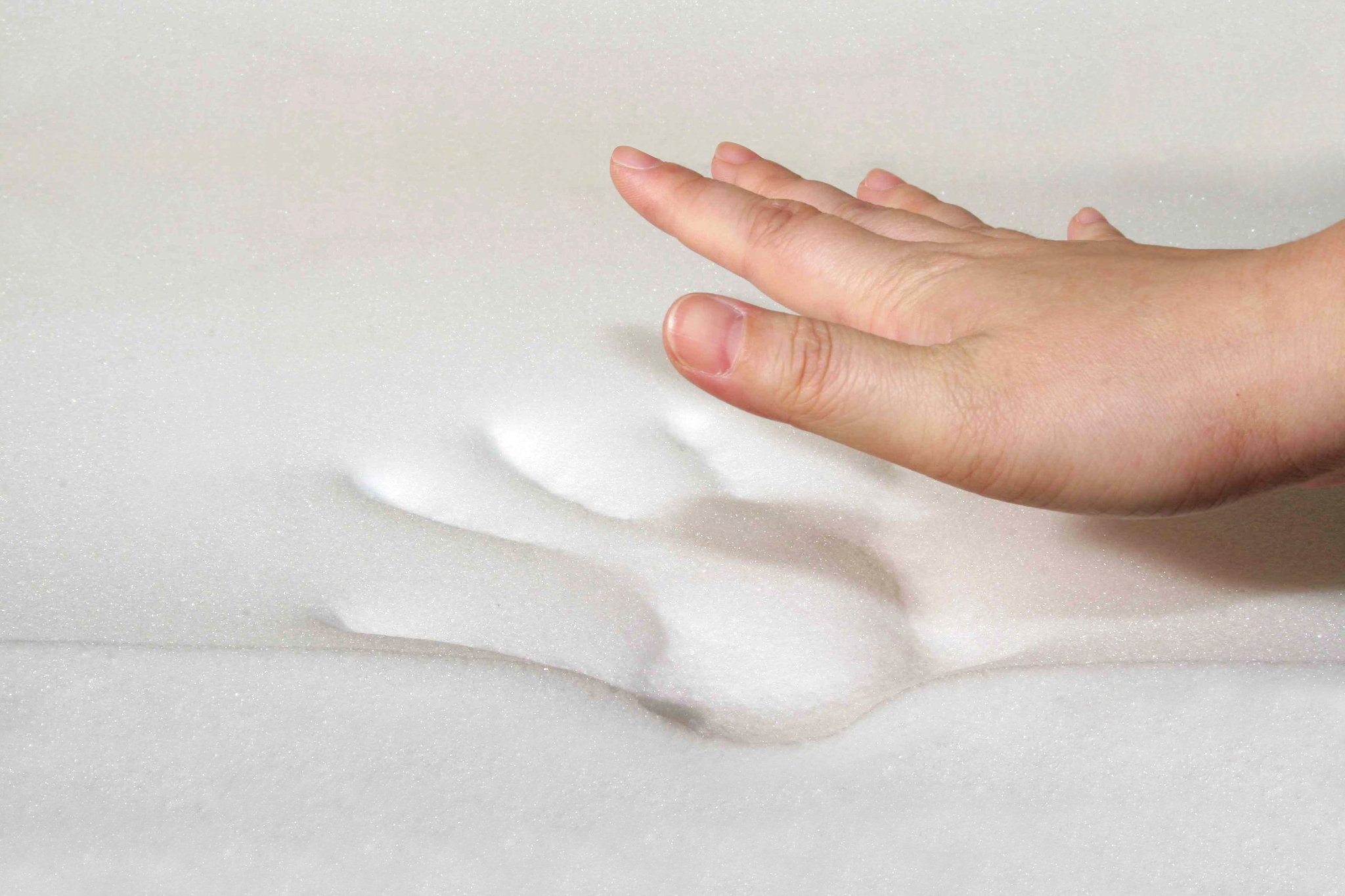
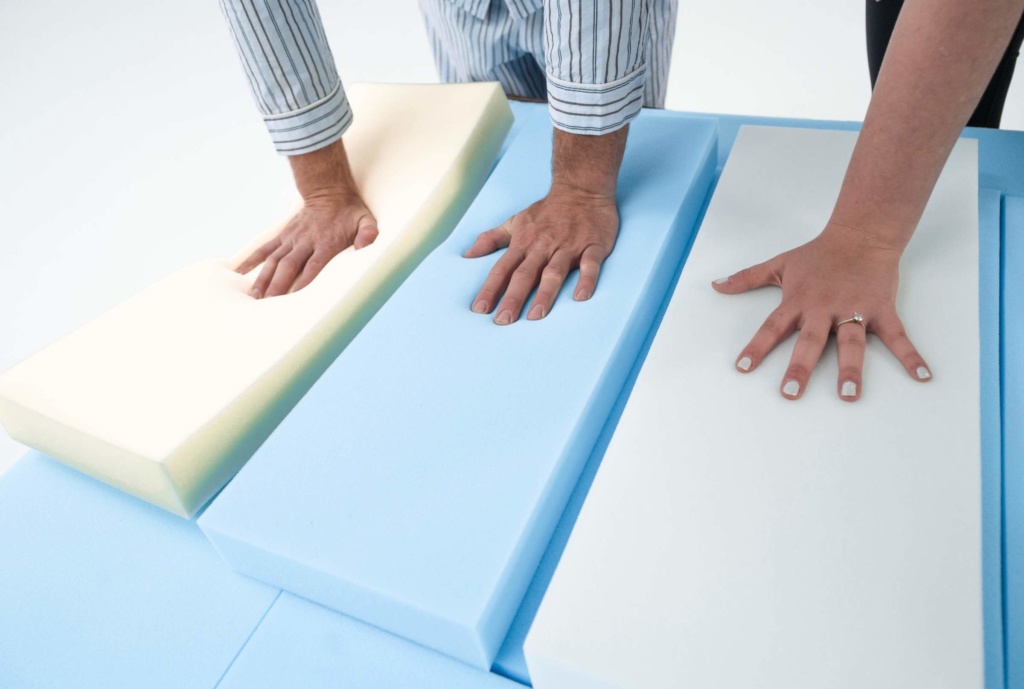


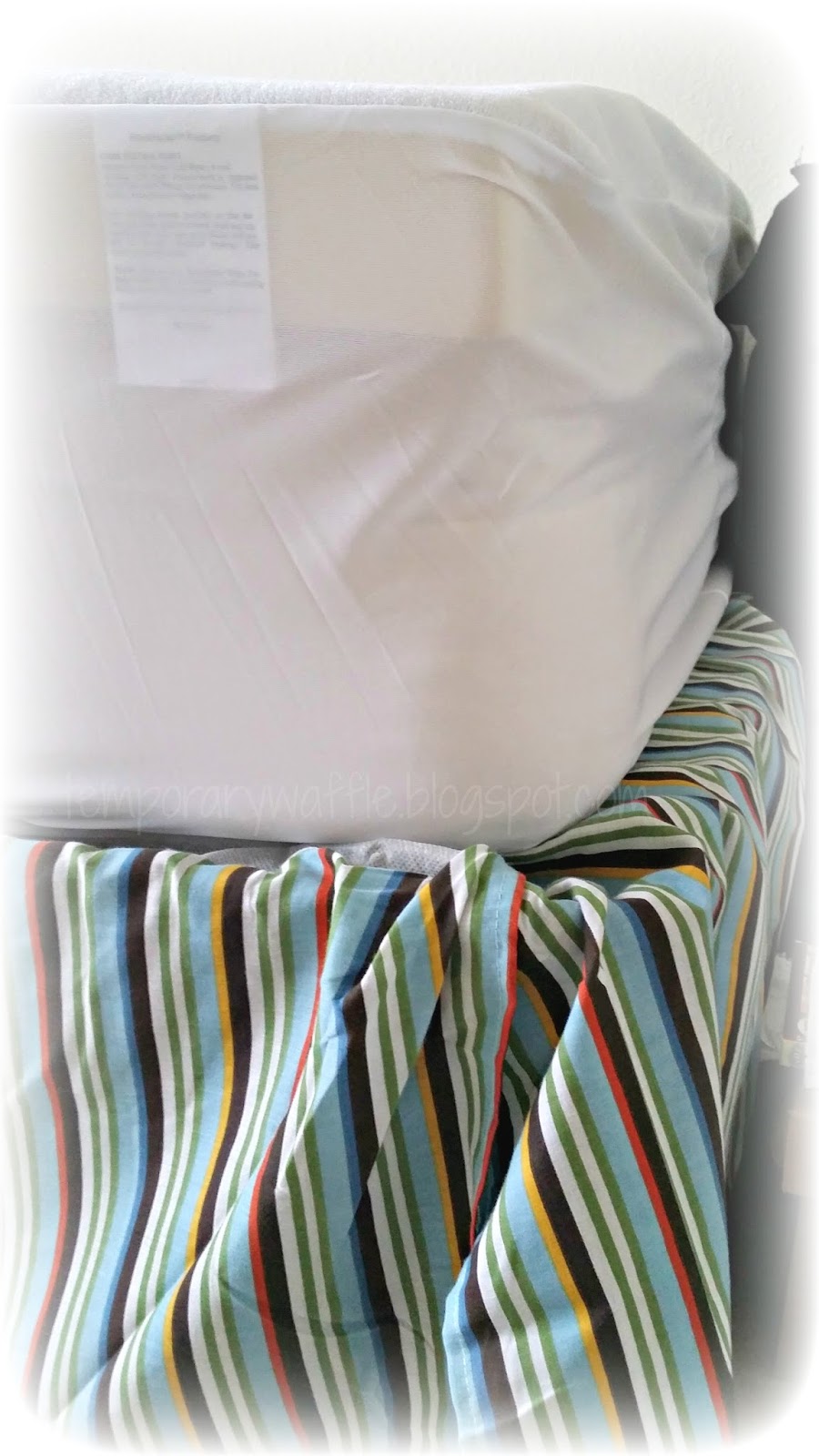
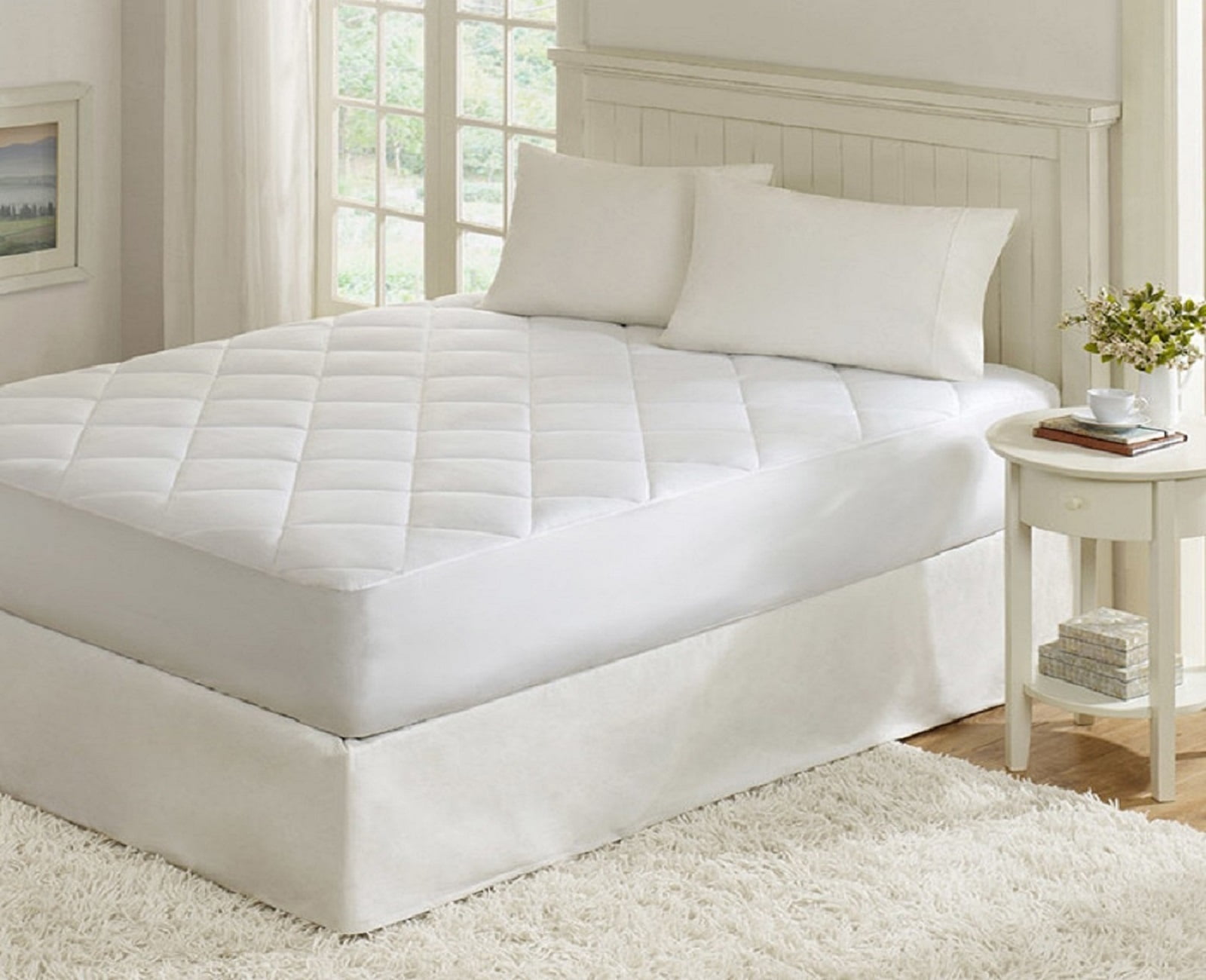


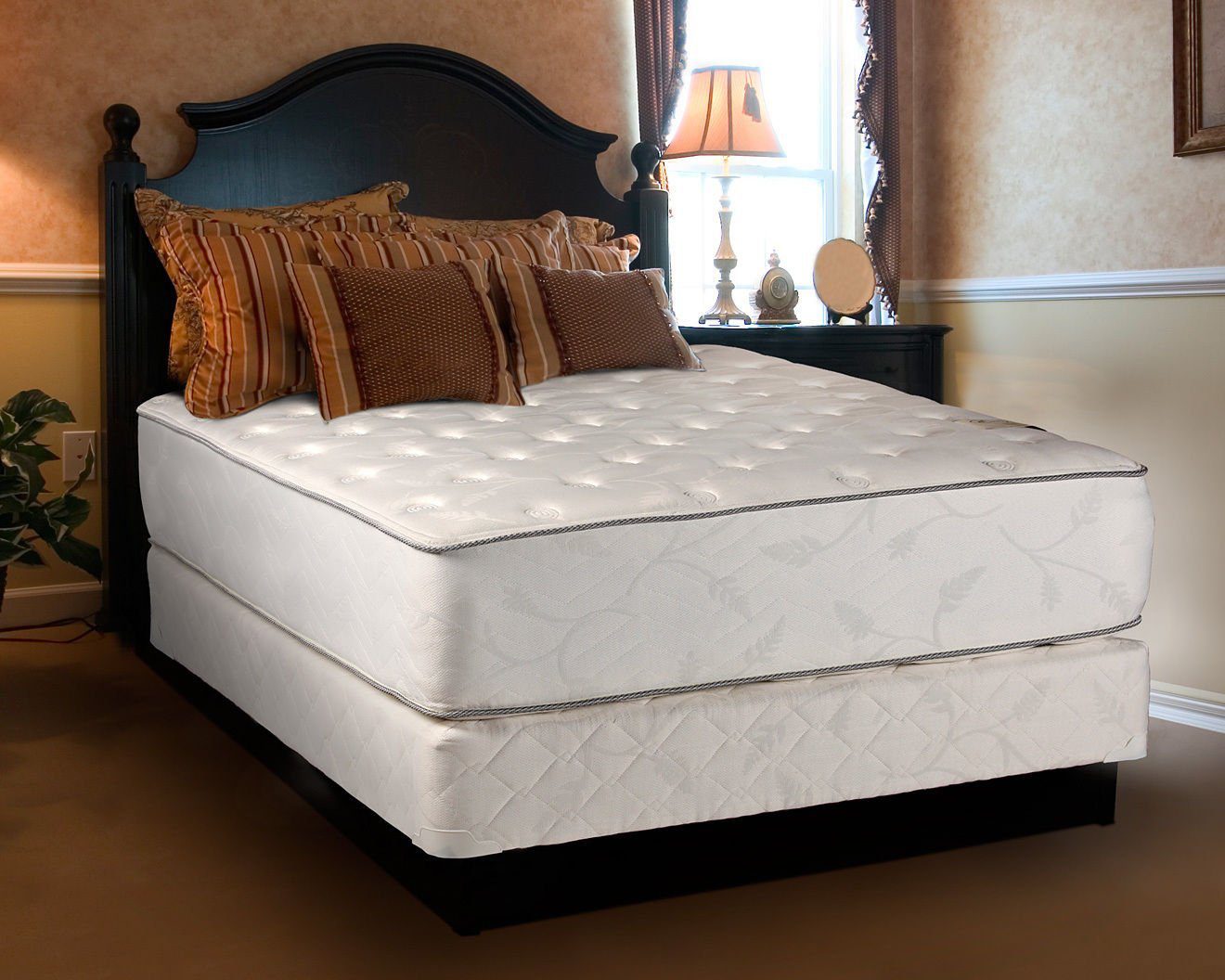
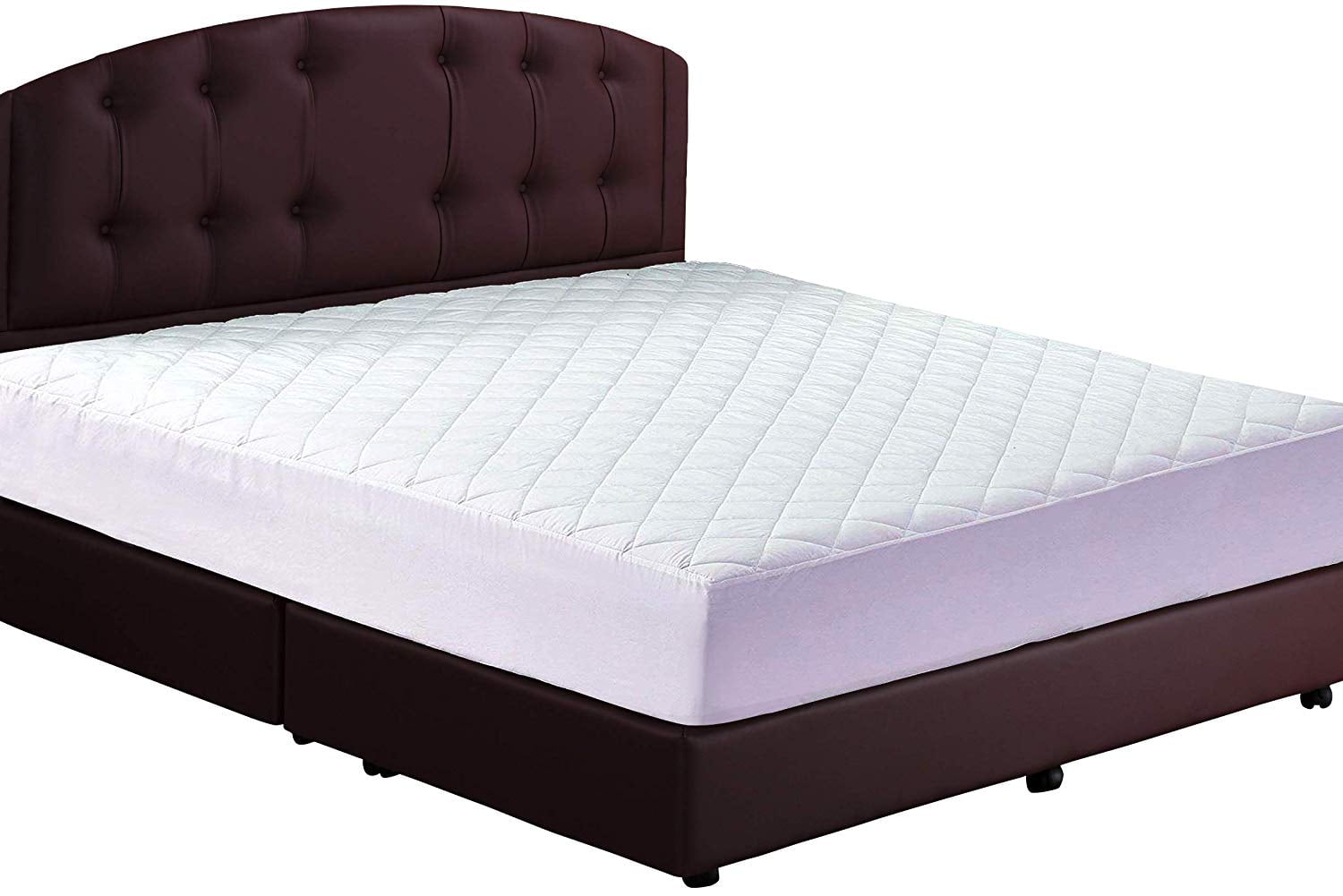














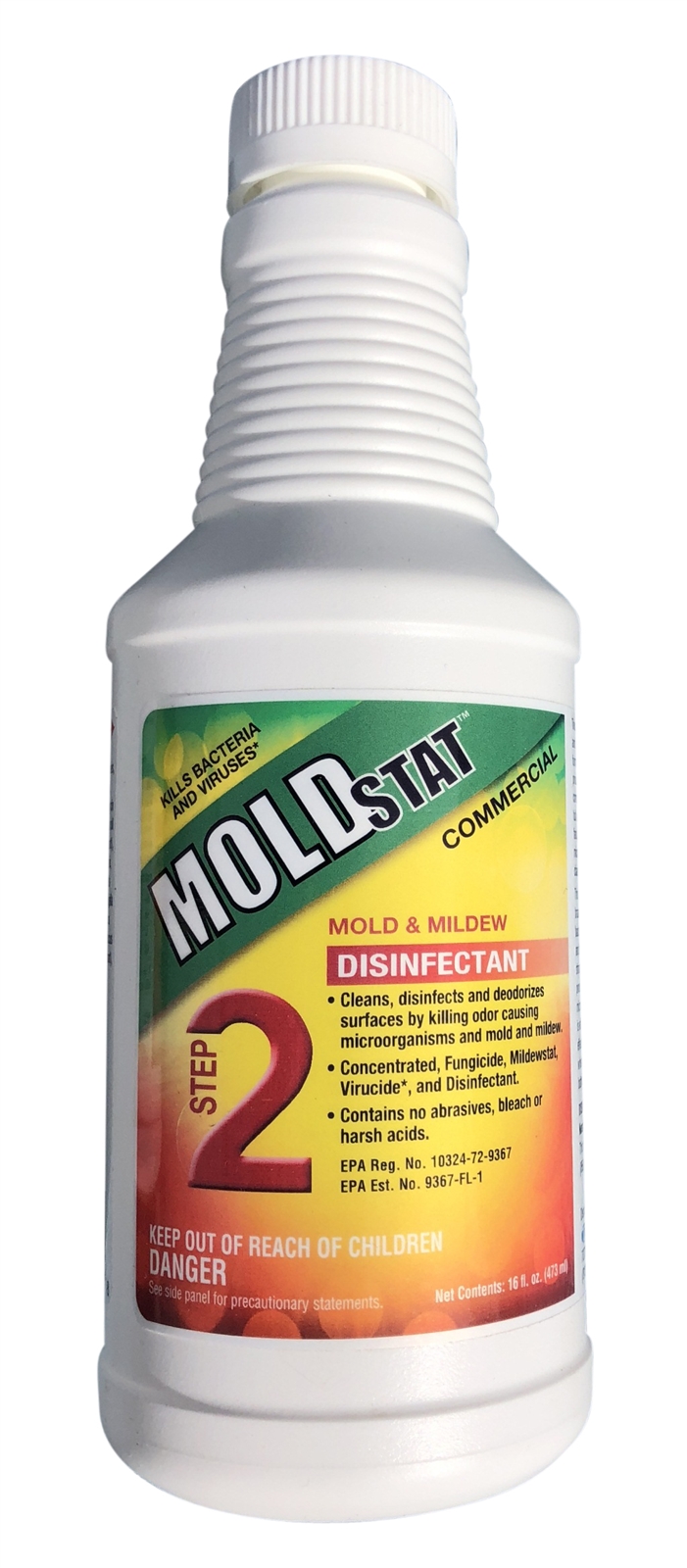

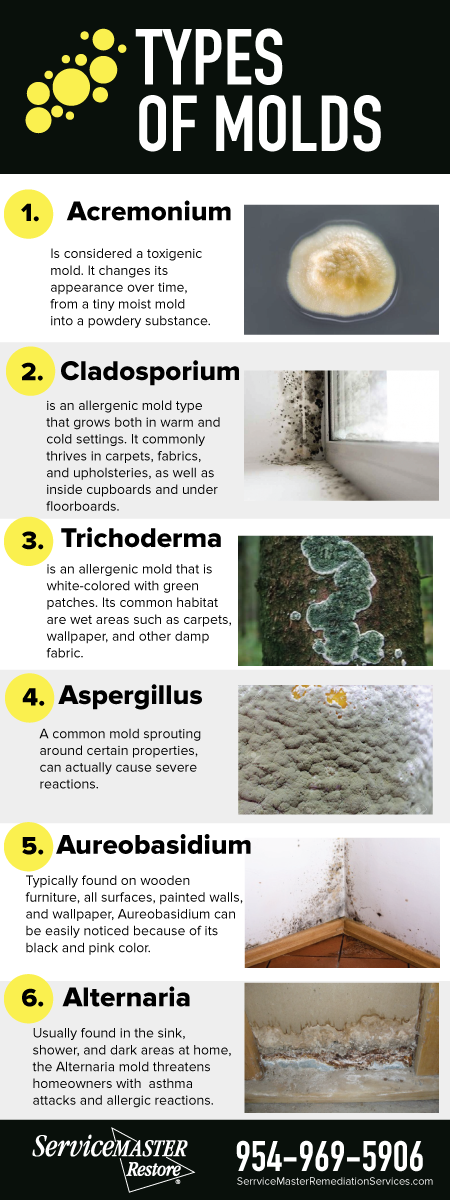
.jpg)


